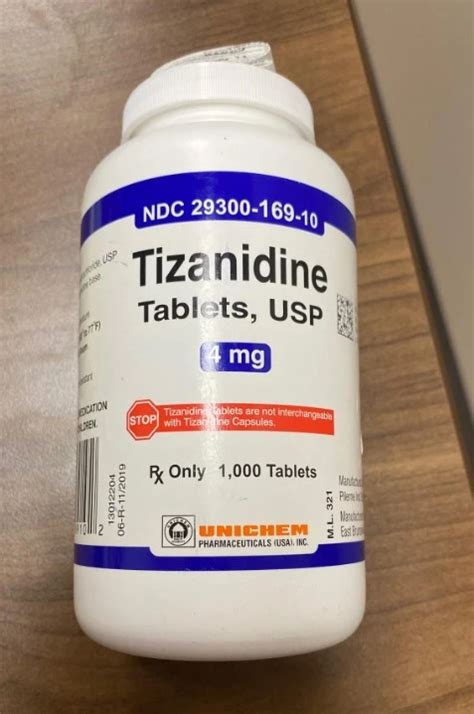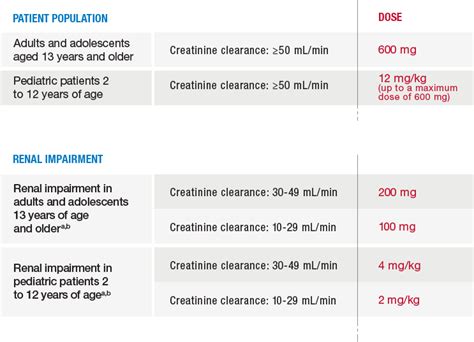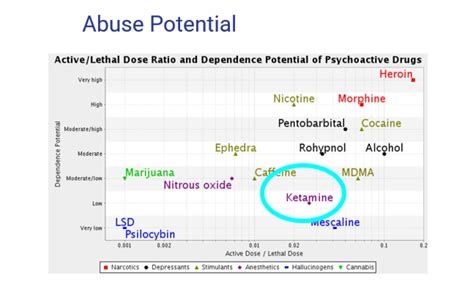Intro
Discover key facts about Tizanidine, a muscle relaxant, including its uses, side effects, and interactions, to understand its role in managing muscle spasms and related conditions like multiple sclerosis.
Tizanidine is a medication that has been widely used for its muscle relaxant properties, particularly in the treatment of muscle spasms caused by conditions such as multiple sclerosis and spinal cord injury. Despite its common use, there are several aspects of tizanidine that are not well understood by the general public. Understanding the benefits, side effects, and usage guidelines of tizanidine can help individuals make informed decisions about their treatment options.
The importance of knowing about tizanidine extends beyond its medical applications. It is also crucial for individuals to be aware of the potential interactions with other medications, the risks associated with its use, and the proper dosing to avoid adverse effects. Furthermore, recognizing the signs of overdose or allergic reactions can be life-saving. As such, it is essential to delve into the specifics of tizanidine, exploring its mechanisms, benefits, and potential drawbacks to provide a comprehensive overview.
Tizanidine's role in managing muscle spasms has made it a staple in the treatment regimens of many individuals suffering from neurological disorders. Its ability to relieve spasms and improve mobility has significantly enhanced the quality of life for countless patients. However, the full scope of tizanidine's effects, including its impact on the central nervous system and its potential for dependency, necessitates a thorough examination. By exploring the multifaceted nature of tizanidine, individuals can better navigate their treatment plans and make informed decisions regarding their health.
Introduction to Tizanidine

Benefits of Tizanidine
The primary benefit of tizanidine is its ability to provide relief from muscle spasms without significantly impairing muscle strength. This is particularly important for individuals who require maintaining their muscle function for daily activities. Additionally, tizanidine has been shown to improve sleep quality in some patients, potentially due to its sedative effects. It's also worth noting that tizanidine can be used in conjunction with other medications to enhance its therapeutic effects.Mechanism of Action

Side Effects and Precautions
While tizanidine is generally well-tolerated, it can cause several side effects, including drowsiness, dizziness, and dry mouth. In some cases, individuals may experience more severe side effects, such as hallucinations or changes in blood pressure. It is essential for patients to discuss their medical history and any medications they are currently taking with their healthcare provider before starting tizanidine, as certain conditions or drug interactions can increase the risk of adverse effects.Dosing and Administration

Interactions with Other Medications
Tizanidine can interact with a variety of medications, including blood pressure medications, sedatives, and certain antidepressants. These interactions can lead to increased side effects or reduced efficacy of either tizanidine or the interacting medication. Patients should inform their healthcare provider about all the medications they are taking to avoid potential drug interactions.Potential for Abuse and Dependency

Withdrawal Symptoms
Withdrawal from tizanidine can occur if the medication is stopped abruptly, especially after prolonged use. Symptoms of withdrawal may include anxiety, tremors, and increased muscle spasms. To minimize the risk of withdrawal, it is recommended to gradually taper off the medication under the guidance of a healthcare provider.Special Considerations

Monitoring and Follow-Up
Regular monitoring by a healthcare provider is essential for individuals taking tizanidine. This includes periodic assessments of the medication's effectiveness, monitoring for side effects, and adjustments to the treatment plan as needed. By closely following patients on tizanidine, healthcare providers can optimize the therapeutic benefits while minimizing the risks associated with its use.Conclusion and Future Directions

Final Thoughts
The journey to managing muscle spasms with tizanidine is highly individualized, requiring careful consideration of each patient's unique needs and medical history. By embracing a comprehensive approach that includes medication, physical therapy, and lifestyle adjustments, individuals can find effective relief from muscle spasms and improve their overall quality of life. As the medical community continues to explore the potential of tizanidine and other muscle relaxants, it is essential for patients to remain informed and engaged in their care, working closely with their healthcare providers to navigate the complexities of treatment.What is tizanidine used for?
+Tizanidine is primarily used as a muscle relaxant to treat muscle spasms caused by conditions such as multiple sclerosis, spinal cord injury, and stroke.
How does tizanidine work?
+Tizanidine works by stimulating alpha-2 adrenergic receptors in the brain and spinal cord, leading to a decrease in the release of excitatory neurotransmitters and resulting in muscle relaxation.
What are the common side effects of tizanidine?
+Common side effects of tizanidine include drowsiness, dizziness, dry mouth, and weakness. Less common but more serious side effects can include hallucinations, changes in blood pressure, and liver damage.
Can tizanidine be used with other medications?
+Tizanidine can interact with several medications, including blood pressure medications, sedatives, and certain antidepressants. Patients should inform their healthcare provider about all medications they are taking to avoid potential interactions.
Is tizanidine addictive?
+Yes, tizanidine has the potential for abuse and dependency. Individuals should use it only as directed by their healthcare provider and be cautious not to exceed the recommended dose or use it for longer than prescribed.
We hope this comprehensive overview of tizanidine has provided valuable insights into its uses, benefits, and potential risks. By staying informed and working closely with healthcare providers, individuals can make the most of tizanidine's therapeutic effects while minimizing its drawbacks. If you have any further questions or would like to share your experiences with tizanidine, please do not hesitate to comment below. Your input can help others navigate their treatment journeys more effectively. Additionally, consider sharing this article with anyone who might benefit from this information, as knowledge is a powerful tool in the pursuit of better health and wellness.
